Careers & Education
Image credit: Sayo Studio, member since 2003
Careers
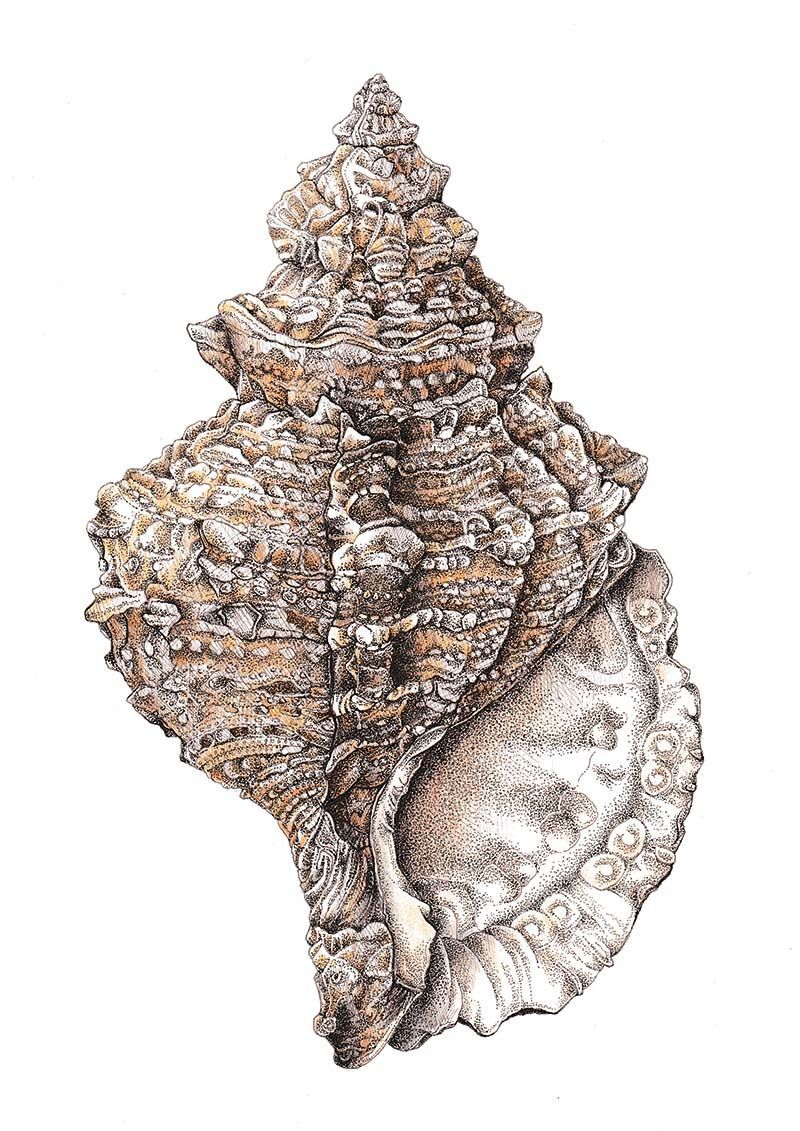
What do science illustrators do?
Science illustrators work in the service of science, teaching, informing, and fostering understanding of our world. They use a range of visual techniques to communicate science in education, research, public relations, and marketing.
While a creative artist is permitted and even expected to take artistic liberties with a subject, the science illustrator must strive for absolute representational accuracy. For that reason, prospective illustrators at all stages of education should focus on mastering technical art skills and increasing their understanding of science.

Where do they work?
Staff jobs for science illustrators can be found in a number of settings, including but not limited to:
- Research institutes and universities
- Museums and zoos
- Publishing companies, magazines, and newspapers
- Web and animation firms
- Pharmaceutical and medical device companies
Illustrators in such positions are expected to work directly with scientists and other colleagues to produce visual materials for online and print purposes.
Some illustrators also start their own businesses. Their clients include those listed above, and individuals inspired by beautiful science images and objects. They may work alone or in creative teams, collaborating with writers, graphic designers, web developers, photographers, and filmmakers.
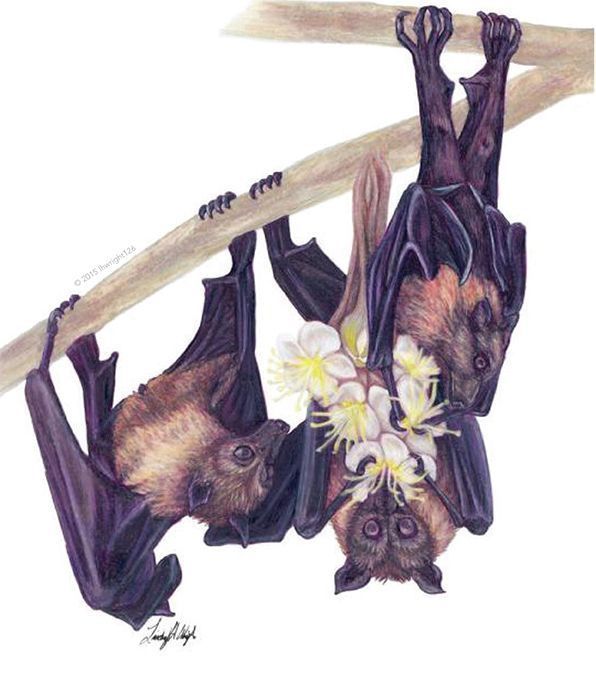
What training is necessary?
Most professional science illustrators have an advanced degree in life or earth sciences, and formal training in several kinds of visual communication. They need well-honed skills in traditional techniques such as watercolor, acrylics or ink. Familiarity with digital techniques is also important, as many science illustrators produce a wide variety of work including web animations and interactive graphics.
Other examples of the skills that scientific illustrators may use include the ability to handle optical instruments and precisely measure microscopic objects; to prepare pictorial stories of life cycles and scientific procedures; to design graphs and maps; to develop 3D models and images; and to produce cutaway drawings that show the internal structure of complex objects.
Education
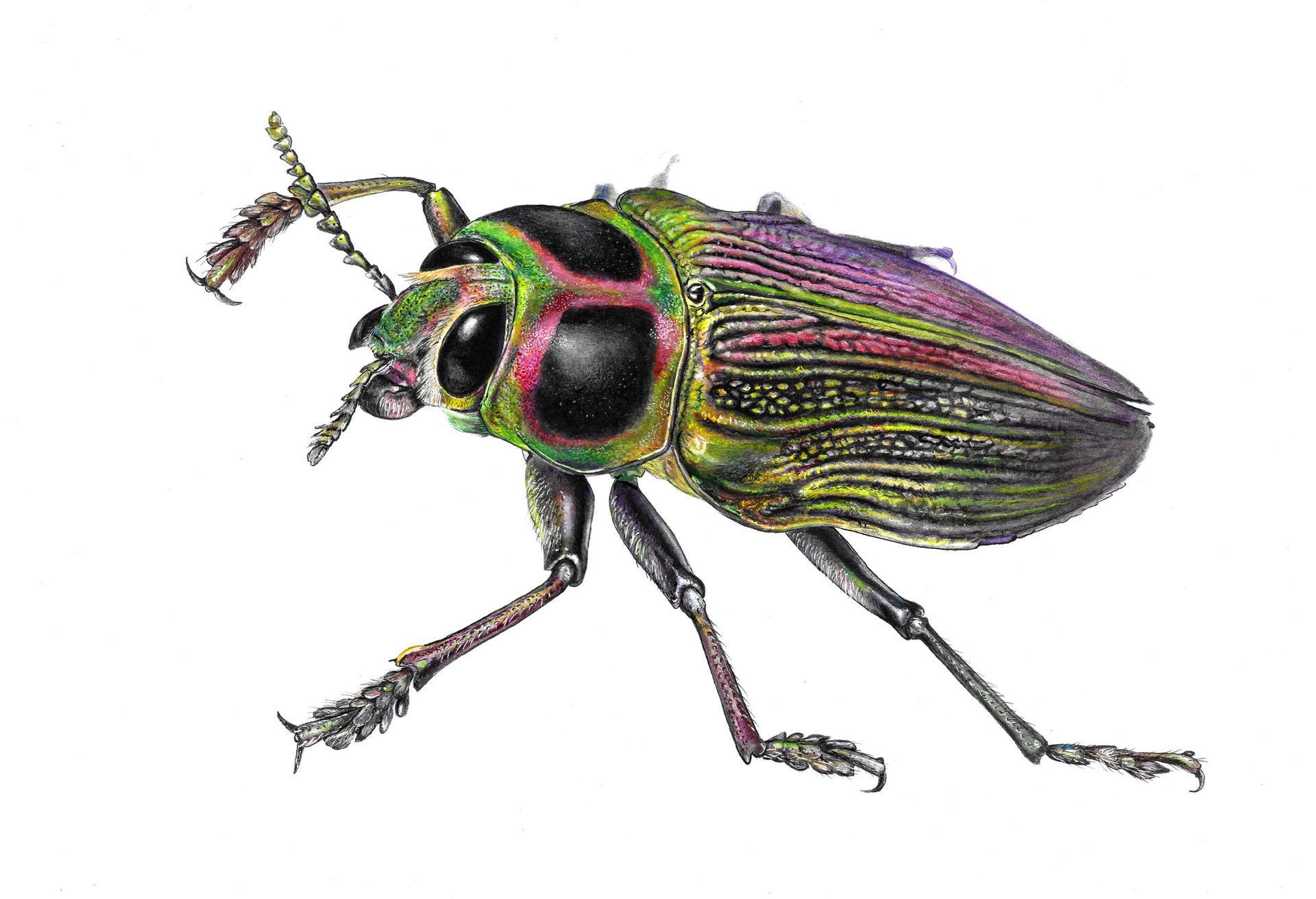
High school and college
High school students contemplating a career in science illustration should choose courses that emphasize art and science. Few undergraduate degree programs exist specifically for science illustration, so the best preparation in college is to simultaneously study commercial art techniques and the natural sciences. The focus should be on basic art techniques, graphic design and photography, rather than art history or nonrepresentational painting. Scientific courses that stress the anatomy and morphology of botanical or zoological specimens are especially helpful, as well as developmental biology, physiology, chemistry, and cell biology. Undergraduate science courses must be of the caliber required for science majors.
Image credit: Astolfo Mata, member since 2019

Graduate school
A handful of colleges and universities offer undergraduate, graduate single courses, or full programs in science illustration. In general, a bachelor's degree with a major in art and a minor in the biological sciences, or a major in science with a minor in art, is preferred for admission. A portfolio of artwork is also generally required.
Image credit: Robin Carlson, member since 2015
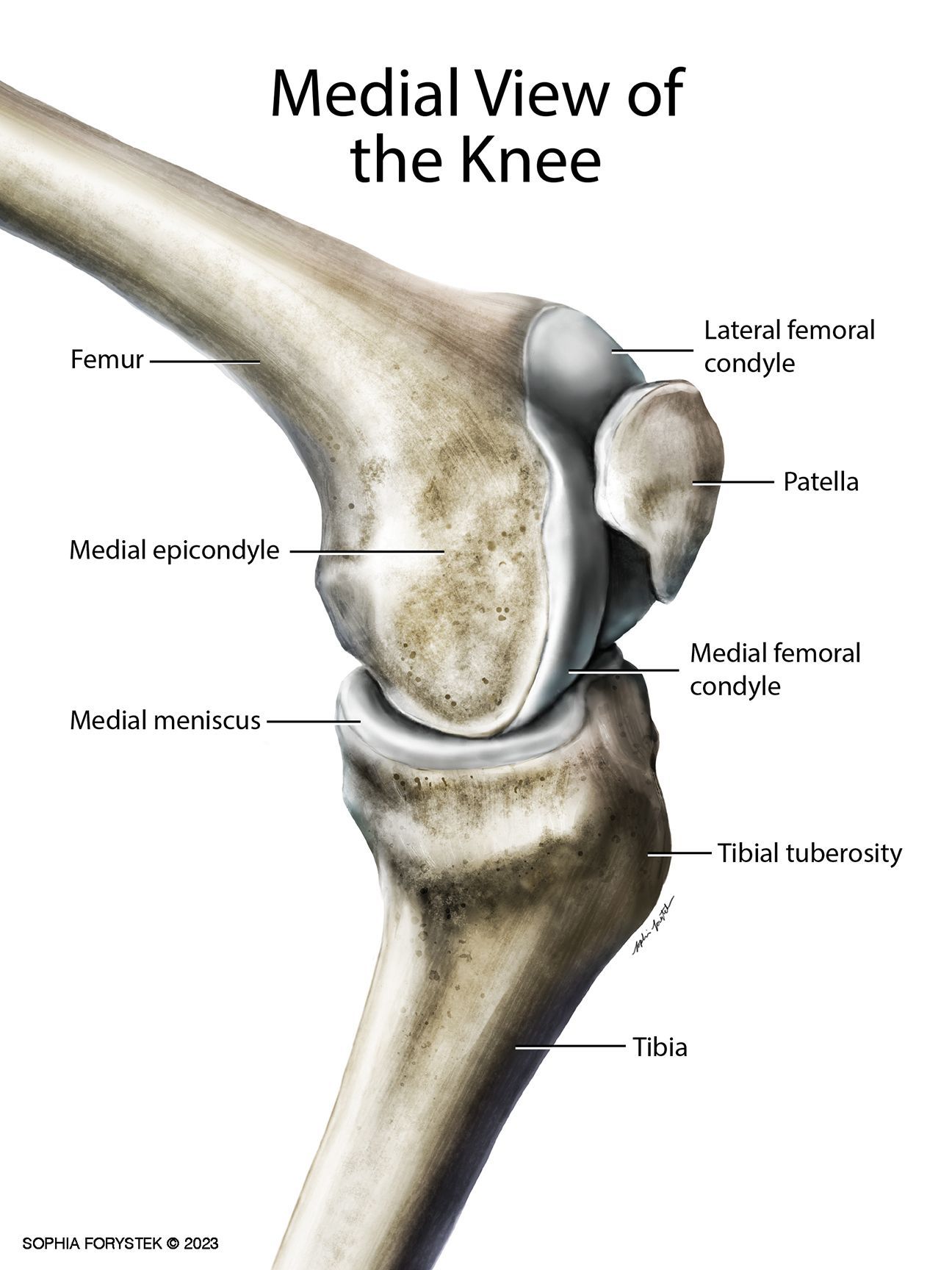
Ongoing education
Any prospective illustrator can gain familiarity with the materials and methods used in this profession and will benefit from constant practice. College or high school faculty professors may be able to provide biological specimens and suggestions for scientific drawings. Drawing wildlife specimens, plants, still-life models or whatever else is available in a particular locale is also excellent training. Looking for an internship at an institution or with an established illustrator is another way to get experience and develop skills.
Image credit: Sophia Forystek, member since 2023
